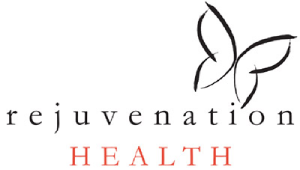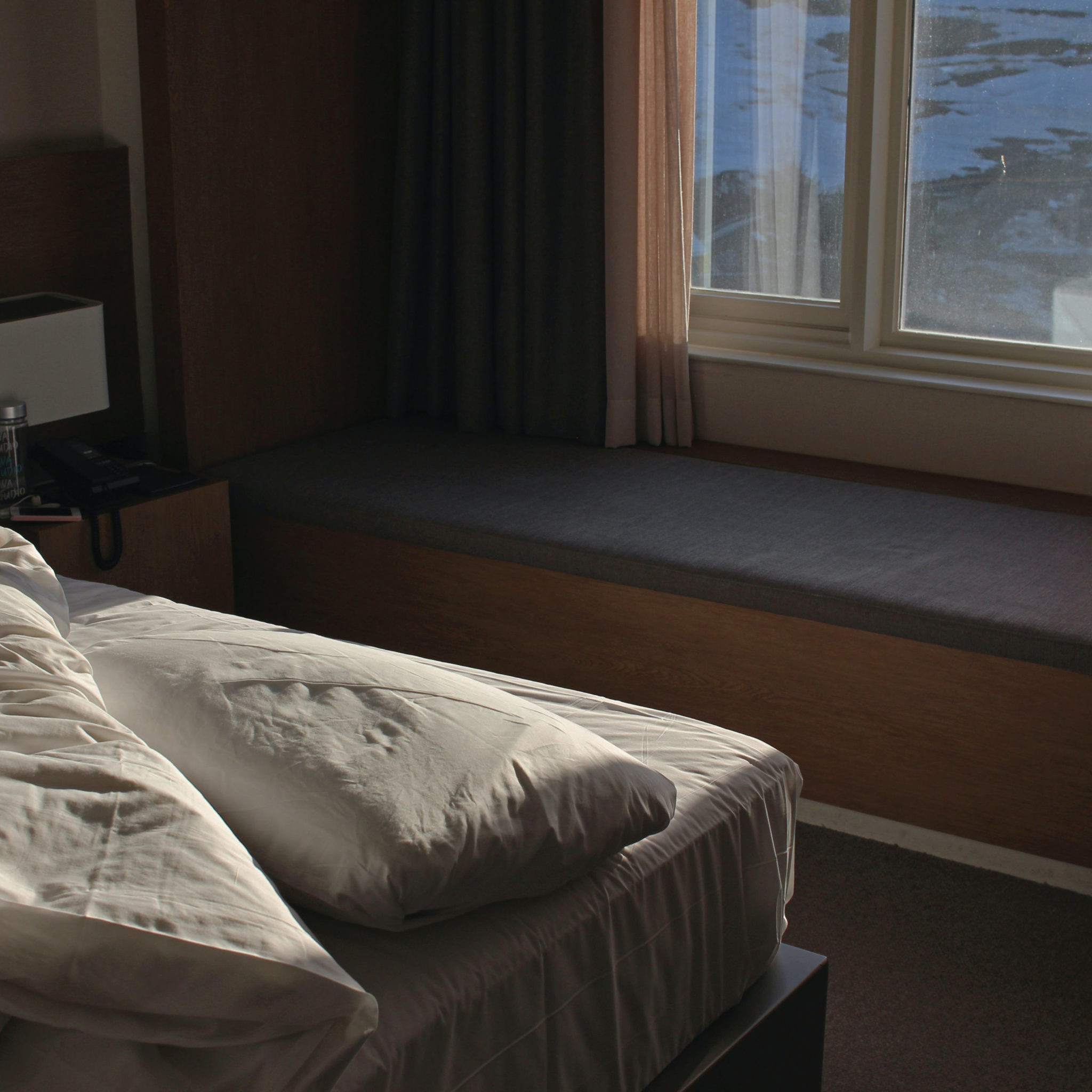Sleep apnea isn’t just robbing you of a good night’s sleep. It can contribute to serious medical conditions, like high blood pressure and type 2 diabetes. Sleep apnea also affects your dental health, causing cavities and periodontal disease, among other issues.
Because sleep apnea has such severe side effects, it’s imperative to catch and diagnose it early. The only way to get a verified diagnosis is to take a sleep apnea test. Here, you’ll learn about the different types of sleep apnea tests and what happens after you’re diagnosed.
How do I know if I have sleep apnea?
Sleep apnea is widespread, but most patients don’t even realize they have it. Symptoms of sleep apnea can be brushed off easily as signs of being overworked and overstressed.
What are the warning signs of sleep apnea? Warning signs of sleep apnea include:
- Grinding your teeth (bruxism), particularly while sleeping
- Snoring, particularly if it’s loud enough to wake up your bed partner
- Excessive daytime sleepiness, particularly after getting a full night’s sleep
- Waking up gasping for air
- Trouble concentrating during the day
- Feeling more irritable or emotional because you’re not well-rested
- Bad breath in the mornings
If you’re experiencing any of these symptoms, be sure to address the issue with a medical professional right away. Since most sleep apnea is caused by problems with the mouth and throat, your dentist can be an ideal treatment provider.
However, you’ll need to take a diagnostic test to definitively determine if you have sleep apnea.
Diagnosing Sleep Apnea
The first step in diagnosing sleep apnea is talking to your dentist or doctor about your symptoms. In some cases, you won’t notice any symptoms. However, your dentist might spot common signs of sleep apnea like bruxism.
When you talk to your medical professional about your sleep apnea symptoms, they’ll give you a sleep apnea questionnaire. Your answers to the questionnaire will help them determine if you need further testing.
In addition to the questionnaire, they’ll record your family and medical history, including any medications you’re taking. They’ll interview you about your sleep habits to learn if your sleep problems are due to your sleeping environment or something else like sleep apnea.
All of these questions will help your doctor assess the root cause of why you are experiencing sleep apnea symptoms.
Depending on the results of your questionnaire, your doctor will order a sleep test. The American Academy of Sleep Medicine (AASM) strongly recommends ordering a formal sleep test before giving a diagnosis of obstructive sleep apnea (OSA) or any other type of sleep apnea.
How do you diagnose sleep apnea? A doctor can diagnose sleep apnea by discussing your symptoms and medical history with a medical professional (usually a dentist or primary care provider), answering a questionnaire, and then taking a sleep apnea test if one is ordered for you.
The 2 Types Of Sleep Apnea Tests
If your doctor orders a sleep study, you’ll receive one of 2 types of tests: an in-lab test or an at-home test. Both types of tests record data and give your practitioner insight into your sleep habits.
In-Lab Sleep Study
In-lab sleep studies, also called nocturnal polysomnography, are conducted at sleep centers by sleep specialists. A sleep doctor or sleep technician will hook you up to multiple monitors that record:
- Heart rate
- Blood oxygen levels
- Airflow and breathing patterns
- Brain waves
- Limb movements (arm and leg movements)
- Eye movements
The technologist combines all of the data to create a polysomnogram (PSG), which is used to diagnose sleep apnea or other sleep disorders like narcolepsy. In-lab sleep studies give doctors an apnea-hypopnea index (AHI), which they use to diagnose or rule out sleep apnea.
At-Home Sleep Study
Home sleep apnea testing involves wearing an all-in-one device like a WatchPAT One on your wrist as you sleep. It also has a small, unobtrusive cable that attaches to a sensor placed on your chest.
A home sleep apnea testing device records:
- Heart rate
- Blood oxygen levels
- Rest/activity cycles
- Snoring statistics
- Chest motion
- Body position
After your sleep apnea study, you’ll follow up with your healthcare provider once they receive the study results, usually as simple as syncing the test device to the cloud with a smartphone app. They’ll then review the data from your sleep test and make a diagnosis if appropriate.
Can I test myself for sleep apnea? If you don’t want to have an in-lab sleep study, you can opt for an at-home sleep study where you administer the test yourself.
Benefits And Drawbacks Of In-Lab Sleep Study
Which type of sleep study is best for you? The right choice depends on your individual needs, taking the pros and cons of in-lab and at-home sleep studies into account. In-lab sleep studies used to be the gold standard, but they do have some drawbacks.
Pros of in-lab sleep studies include:
- Very high accuracy because they use professional laboratory equipment in a medical setting
- A better option for patients with certain conditions, including suspected central sleep apnea, heart issues, or breathing problems
- More in-depth data on sleep cycles and the duration of different sleep stages (REM, deep sleep, etc.)
The cons of in-lab sleep studies are:
- Needing to spend a full night in a sleep center, which may be problematic depending on your schedule
- Uncomfortable equipment and wires, which can make it difficult to sleep
Benefits And Drawbacks Of At-Home Testing
Like the in-lab sleep studies, there are pros and cons to having an at-home sleep apnea test.
The benefits of testing for sleep apnea at home are:
- A simpler test using less equipment
- A lower cost: testing at home is often 3-5 times less expensive than in-lab tests
- An easier time falling asleep: you can be at home in your own bed for this test
The drawbacks of at-home testing include:
- A higher possibility of inconclusive results, which means you’ll have to go get an in-lab polysomnogram anyway
- Less data collected than a traditional in-lab test (no information on how long you’re in each stage of sleep)
- More difficulty diagnosing certain types of sleep apnea, particularly central sleep apnea
Why should I get tested for sleep apnea?
Untreated sleep apnea can be very dangerous. It can lead to life-changing chronic health conditions, including:
- Cardiovascular disease
- High blood pressure
- Dental cavities (caries)
- Periodontal disease, which can lead to tooth loss
- Tooth grinding, causing jaw pain and tooth damage
- Dry mouth
Sleep apnea may not seem significant, but it can have big effects on your dental and overall health. If you think you might have sleep apnea, getting a diagnosis and treatment is crucial for your long-term wellness.
Treatment Options After A Sleep Apnea Test
What happens after you’re diagnosed with sleep apnea? Sleep apnea is a serious condition, but luckily there are very effective treatments. These treatments help restore normal breathing as you sleep, getting your brain and body the oxygen they need.
What is the treatment for sleep apnea? Treatments for sleep apnea help air flow consistently through your upper airway. There are several treatments and devices that can help restore airflow.
The most popular treatments for sleep apnea are:
- Continuous Positive Airway Pressure (CPAP) machines: CPAP machines and similar devices like APAP and bilevel CPAP (BiPAP) machines attach to the face. These options can help pressurize your airway to keep it open while you sleep.
- Oral appliances: Oral appliances position the mouth and jaw properly so that the tongue can’t slide back and close off the throat. Keeping the upper airway placed correctly allows your breath to flow freely.
- DNA appliance: The DNA appliance is a unique oral appliance that helps widen the airway, making it easier for you to breathe as you sleep. It also helps to align the mouth and jaw like standard oral appliances.
- Metal-free orthodontics: Sometimes, sleep apnea is caused by misaligned teeth or the shape of the jaw. In these cases, metal-free orthodontics like Invisalign can bring the teeth and jaw into alignment, creating proper alignment in the upper airway at the same time.
- Surgery: If you don’t love the idea of sleeping with a machine every night for the rest of your life, surgery may be a good option for you. Oral surgery can help change the shape of your upper airway to ensure it doesn’t collapse when you sleep.
- Changing sleep position: Sleeping on your side instead of your back can reduce apneic episodes in patients with OSA.
- Lifestyle changes: Certain lifestyle changes can mitigate or even reverse sleep apnea. Weight loss can be very effective, especially if you carry extra fat around your neck. Quitting smoking and avoiding alcohol and sedatives are also effective treatments.
Get Sleep Apnea Solutions
Rejuvenation Dentistry is here for you if you’re concerned about sleep apnea. Unlike traditional healthcare providers, we look at the cause of sleep apnea, not just the symptoms.
In many cases, we can completely eliminate the need for uncomfortable, bulky CPAP machines to treat sleep apnea (although we do prescribe CPAP devices for our patients who want them). If you don’t want to be tethered to a machine every night, chances are we can help.
We can diagnose your sleep apnea and walk you through our highly effective treatment options. Click here to book a consultation with us at our Manhattan or East Hampton offices.




